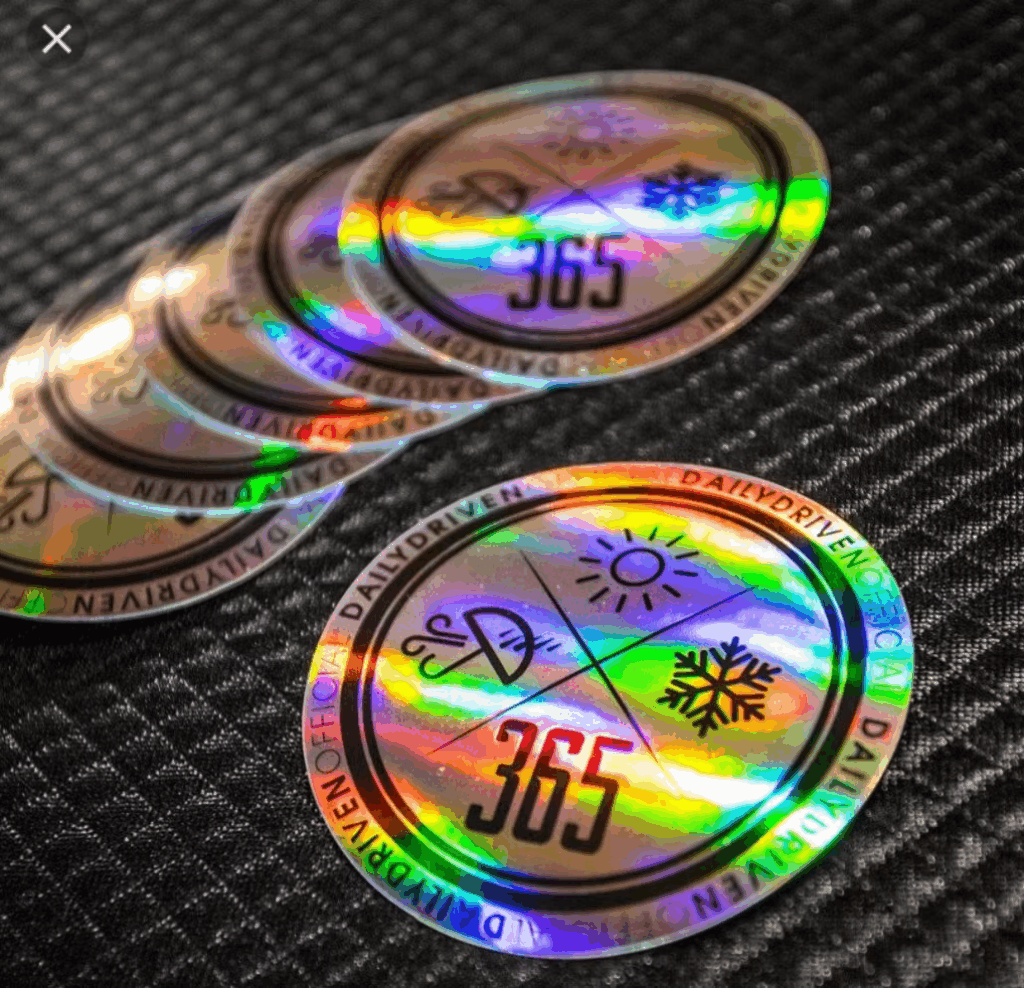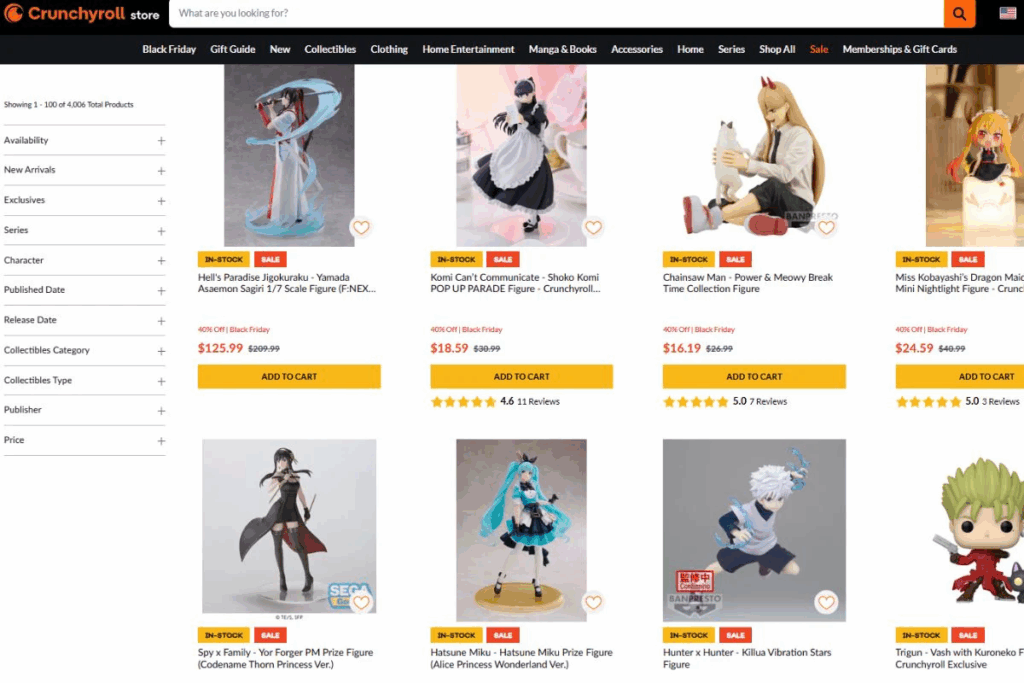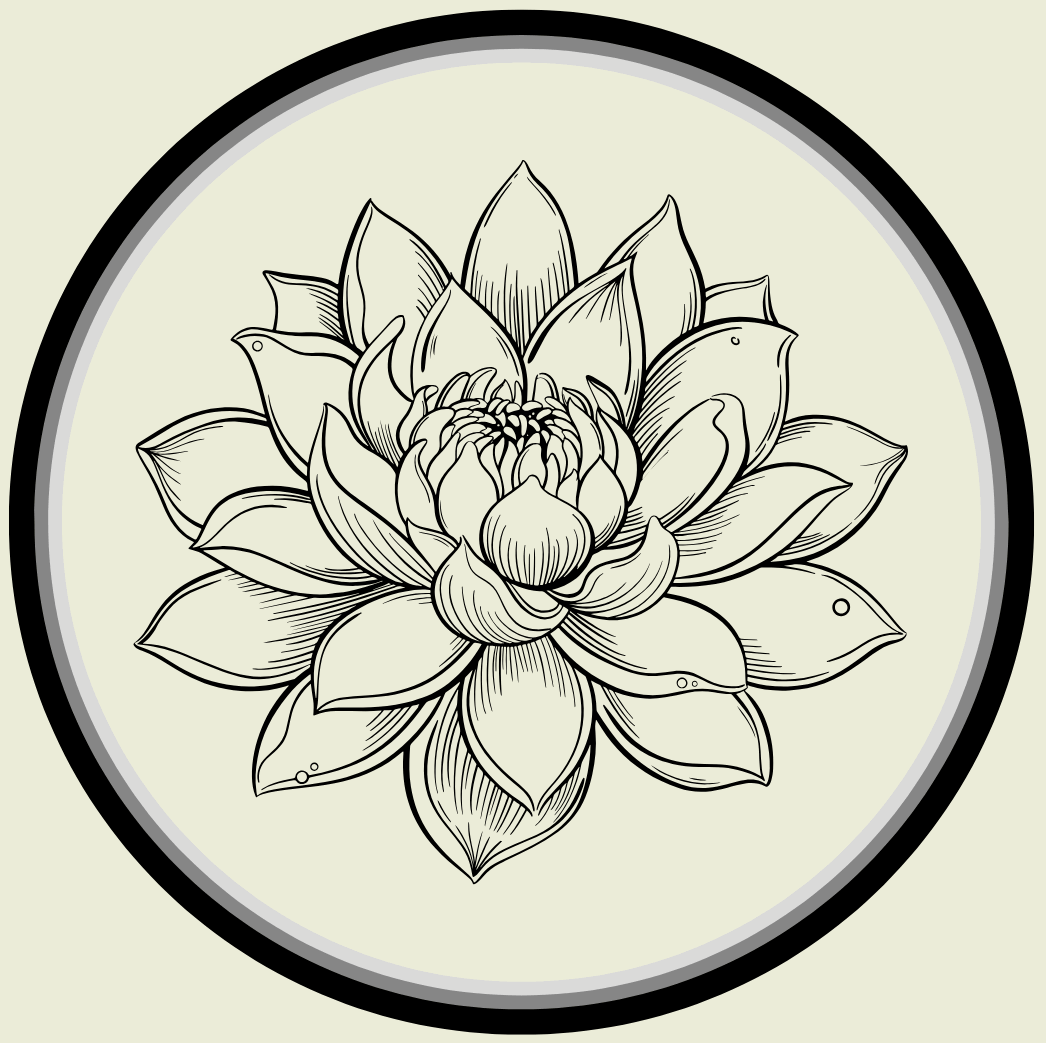As the global love for anime continues to surge, so does the unfortunate tide of counterfeit merchandise. This shadow market preys on enthusiastic fans, offering tempting prices for products that are illegal, low-quality, and ultimately damaging to the industry we all cherish. These knock-offs, often called “bootlegs,” cut every conceivable corner, from using cheap, potentially unsafe materials to blatantly stealing art and designs. Buying them not only leaves you with a disappointing product but also diverts money away from the creators, animators, and studios who pour their passion into making the shows and characters we love. Becoming a discerning collector is your best defense. By learning to spot the tell-tale signs of a fake, you can protect your wallet, guarantee the quality of your collection, and ensure your purchases help fund the future of anime.
1. Look for Official Logos and Holographic Stickers
The single most reliable indicator of an authentic product is official branding from the licensor. Legitimate Japanese merchandise will almost always feature a holographic sticker or a printed seal of authenticity directly on the packaging. These stickers are intentionally difficult for counterfeiters to replicate perfectly. Get familiar with the logos of major players: the silver, reflective Kadokawa sticker, the iconic cat logo on a Toei Animation seal, or the distinct Aniplex or Good Smile Company logos. These are marks of quality control and legitimacy. If a product, especially a figure or high-end collectible, is missing this sticker or has one that looks like a cheap, non-holographic imitation, it’s a major red flag.

2. Buy from Trusted and Reputable Retailers
Where you buy is just as important as what you buy. To guarantee authenticity, stick to well-established retailers who have official distribution partnerships. This includes major Japanese stores that ship globally, like AmiAmi, Hobby Search, and Solaris Japan, or the official brand shops for companies like Crunchyroll and Good Smile Company. For second-hand items, stores like Mandarake are renowned for their rigorous authenticity checks. Be extremely cautious on massive third-party marketplaces like AliExpress and Wish, which are notorious hubs for counterfeits. On sites like Amazon or eBay, vet the seller meticulously. Are they shipping from a known bootleg production region? Is their seller rating low? Are they using blurry stock photos instead of pictures of the actual item? A reputable seller will always be transparent.

3. Meticulously Inspect Packaging Quality
Bootleggers rarely invest in high-quality packaging. An authentic box will be made of sturdy cardboard with sharp, professional printing. Counterfeit packaging, by contrast, often exhibits a range of flaws. Look for blurry images, pixelated logos, and colors that seem faded or “off.” Pay close attention to the text, typos, strange grammar, and awkward “Engrish” are classic signs of a fake. The clear plastic window on a figure box should be crisp and securely attached, not hazy, scratched, or poorly glued. The overall impression should be one of professional quality, not something that looks cheaply mass-produced.

4. Compare the Price to the Market Rate
While everyone loves a good deal, an impossibly low price is one of the biggest warnings of a counterfeit product. Authentic anime merchandise, particularly figures from Japan, has a relatively standard market price (MSRP). Bootlegs are often sold for a fraction of this cost, sometimes 50-75% less. If you see a scale figure that normally retails for $150 being sold for $40, it is almost certainly a fake. Before buying, do a quick search on a database like MyFigureCollection.net or check the prices on trusted retail sites to establish a baseline for what the item should cost. If the deal seems too good to be true, it absolutely is.
5. Examine the Product Itself for Flaws
If you can inspect the item in person or see user-submitted photos, the difference in quality becomes undeniable. Authentic figures are made from high-quality PVC and ABS plastic with a matte, clean finish. Fakes often use cheap, shiny plastic that can feel sticky or oily to the touch. The paint job is another giveaway; look for sloppy lines, mismatched colors, and poor detailing. The sculpt itself may be warped, causing the figure to lean, or feature a face that looks distorted and “off-model” from the character it’s supposed to be. For apparel or plushies, fakes will have thin, rough fabric, weak stitching, and prints that can easily crack or peel.
6. Check Customer Reviews and Photos
Harness the power of the community. Before buying from a third-party seller, thoroughly read the customer reviews. Go beyond the star rating and look for detailed feedback. Most importantly, seek out reviews that include photos or videos from the buyer. These are your best tool for comparing the product advertised to what customers actually received. A stream of negative reviews mentioning poor quality or a lack of user-submitted photos are both signs that you should take your business elsewhere.
Supporting the official anime industry is a conscious choice. By investing in authentic merchandise, you get a superior, longer-lasting product that retains its value while directly contributing to the ecosystem that allows for the creation of more anime.
To authenticate your merch, you can use Pop Mart’s Official anime brand authenticity guide
Best Online Stores: Discover trusted websites with great selections and fair prices at Top 10 Anime Merchandise Items Every Fan Needs blog


One thought on “How to Identify Authentic Anime Merchandise and Avoid Fakes”